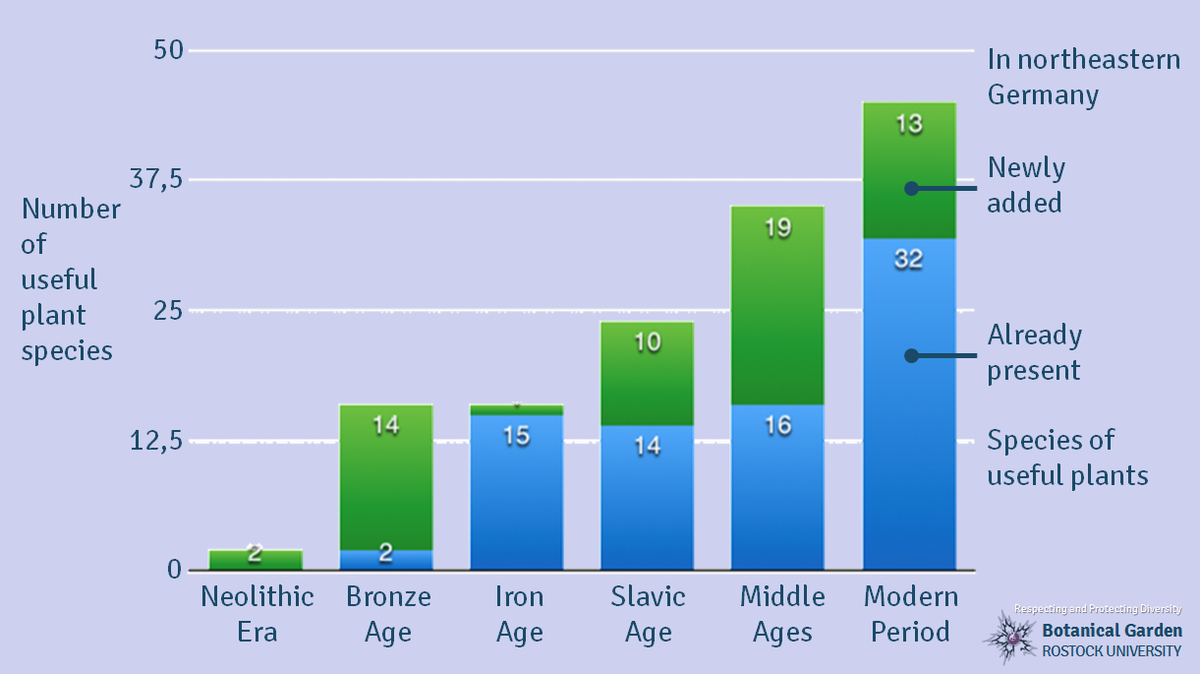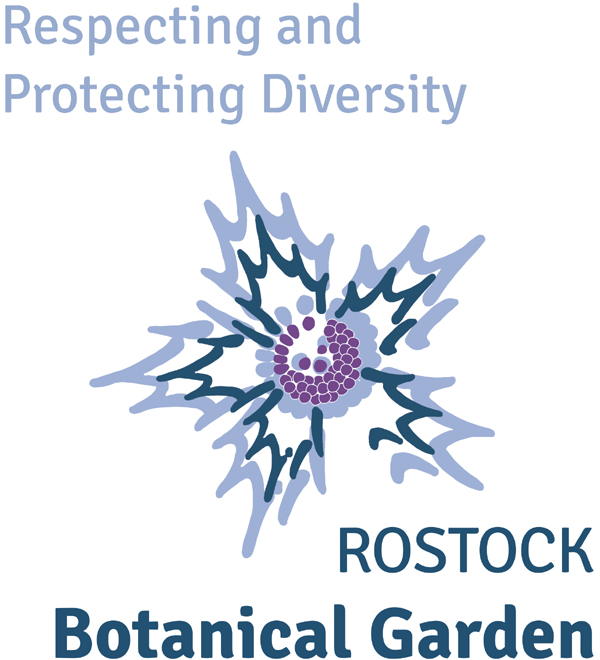The development of cultivated plants
Plant species used by humans were first gathered from naturally occurring plants, and were later propagated and intentionally planted and cultivated. In the course of this cultivation, farmers already made a selection of particularly suitable individual plants, which made further cultivation more reliable and provided more bountiful harvests. The expression of certain plant characteristics and their underlying genetic composition were thus artificially altered through selective breeding over long periods of time, with clear directions being set for development by pursuing breeders' objectives.
The mechanisms of this breeding development are identical to those that operate in evolution, except that artificial selection leads to different results than natural selection, which is oriented towards the greatest reproductive success under natural living conditions. Thus, trait expressions developed in selective breeding are also an expression of the inherent variability already contained in the natural genome of a plant species, which could theoretically also manifest under natural conditions. In most cases, however, this is unlikely because these variants often make it more difficult for the species to survive under purely natural conditions.
The traditional breeding approach, which has been used worldwide for thousands of years, has only recently been supplemented by the possibility of genetically manipulating the genome of plants directly in the individual organism and thus producing transgenic plants. Here, the resulting genetic make-up is no longer part of the natural variability, but artificial. As a result, trait expressions of these gene combinations that have not developed naturally can be novel.
Due to the genetic proximity to their wild provenance, cultivated breeds can backcross with wild forms and produce mixed forms. After thousands of years of cultivation, in some cases the genetically uninfluenced wild form has declined or even become extinct in the wild. As a result, wild forms can sometimes no longer be found and their original distribution areas and ways of cultivating them can no longer be determined.
Historical utilization of selected species
Flax (Linum usitatissimum): fiber, oil, medicinal
Opium poppy (Papaver somniferum): oil, medicinal
Camelina (Camelina sativa): cooking oil, lamp oil, fodder, broom brushwood
Hemp (Cannabis sativa): cooking oil
Turnip (Brassica rapa): cooking oil, vegetable
Buckwheat (Fagopyrum esculentum): cereal
Proso millet (Panicum miliaceum): cereal
Foxtail millet (Setarica italica): cereal
Hedge mustard (Sysimbrium officinale): spice, salad
Hop (Humulus lupulus): spice
Sweet gale (Myrica gale): beer spice, liqueur spice, tanning, deodorant, yellow pigment
Juniper (Juniperus communis): spice
Pursiane (Portulaca oleracea): vegetable
Cultivated plants in northeastern Germany
In the area of what is now North-East Germany, the first arrival of crop species and their subsequent distribution had not yet been documented and analyzed as a whole. An extensive study by Wiebke Maria Jahn at the Rostock Botanical Garden provides a first insight.
According to her study, plant species whose use can be shown in North-East Germany came to the area mainly in phases of settlement by different peoples, often by sea from the North. As the predominant ethnic groups came and went and the demography of the region developed, not all plant species remained, and some have subsequently disappeared (e.g. the formerly widespread gold-of-pleasure, Camelina sativa).
Accordingly, the six rows of beds are organized according to the epochs of human history in which the plant species appeared for the first time to a significant extent. The number of species shown reflects the current state of data proportionally, according to which there is hardly any evidence of access of useful species particularly from the Neolithic Age and the Roman Imperial Period.
Since the epochs took place at different times in different regions due to different ethnic, demographic and technological developments, the dates are given for the North-East German region.
4100–1800 B.C. Neolithic Era
1800–600 B.C. Bronze Age
600 B.C.–550 A.D. Pre-Roman Iron Age and Roman Imperial Age
550–650 A.D. Area depopulated (Migration Period)
650–1100 A.D. Slavic Age
1100–1500 A.D. Middle Ages
Since 1500 A.D. Modern Period
A section of the bed deals with the traditionally used parent species of rapeseed (Brassica napus), which is grown so widely today: Turnip (Brassica rapa) and wild cabbage (Brassica oleracea), both of which exist in countless old varieties.
The "Zukunft" (Future) section groups together a selection of plant species that are currently the subject of increased research and cultivation effort due to their potential to become important food, energy or raw material plants in the near future.


